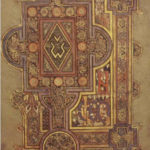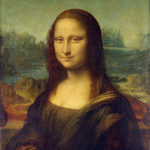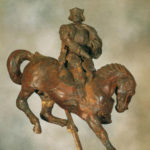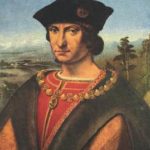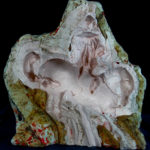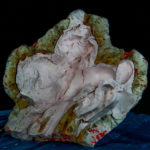THE STORY OF HORSE AND RIDER
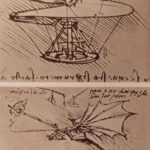
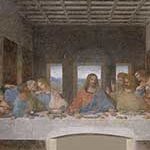 Leonardo enjoys decades of remarkable professional achievement and successful patronage by some of the most powerful families in northern Italy, including the ruling Medicis and Sforzas. A perfectionist with nearly limitless talent, he conceptualizes inventions centuries ahead of their time, such as the helicopter, airplane, tank and the basics of internal combustion.
Leonardo enjoys decades of remarkable professional achievement and successful patronage by some of the most powerful families in northern Italy, including the ruling Medicis and Sforzas. A perfectionist with nearly limitless talent, he conceptualizes inventions centuries ahead of their time, such as the helicopter, airplane, tank and the basics of internal combustion.
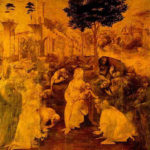 Among his most famous paintings from this time are The Adoration of the Magi and The Last Supper. Leonardo also fills more than 13,000 notebook pages with conceptual sketches on everything from anatomy to shoes for walking on water.
Among his most famous paintings from this time are The Adoration of the Magi and The Last Supper. Leonardo also fills more than 13,000 notebook pages with conceptual sketches on everything from anatomy to shoes for walking on water.
{1506-1507}
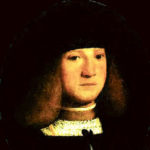 “Horse and Rider” remains in the possession of Count Francesco Melzi and his descendants in Italy. So far as can be ascertained, no attempts to copy or in any way complete Leonardo’s beeswax model in bronze are ever made.
“Horse and Rider” remains in the possession of Count Francesco Melzi and his descendants in Italy. So far as can be ascertained, no attempts to copy or in any way complete Leonardo’s beeswax model in bronze are ever made.
After Leonardo’s death in 1519 his friend and protégé Francesco Melzi inherited all of drawings, manuscripts and unfinished works and took them back to the family estate in Milan. When in the Sangiorgi Collection in Rome in the early 1900s, Leonardo’s wax model was formerly recorded as part of the Melzi de Cusano Family in Milan.
 “Horse and Rider” remains in a private collection in Italy until being sent to Switzerland for safe keeping, prior to the outbreak of World War II.
“Horse and Rider” remains in a private collection in Italy until being sent to Switzerland for safe keeping, prior to the outbreak of World War II.
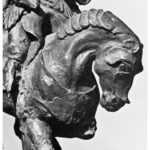
 Professor Carlo Pedretti, the words foremost authority on the life and works of Leonardo Da Vinci, takes black & white photos of Leonardo’s beeswax sculpture, some of which will appear in the Queen’s Collection Catalogue Raisonné of Leonardo drawings when “Horse and Rider” is added to it in 1987.
Professor Carlo Pedretti, the words foremost authority on the life and works of Leonardo Da Vinci, takes black & white photos of Leonardo’s beeswax sculpture, some of which will appear in the Queen’s Collection Catalogue Raisonné of Leonardo drawings when “Horse and Rider” is added to it in 1987.
The photos reveal damage to the rider and horse, as well as general deterioration. Almost 500 years since its creation, time has taken a toll on the original beeswax art. The sculpture is missing the hands and feet of the rider as well as one leg and the ears of the horse. The beeswax is rapidly deteriorating.
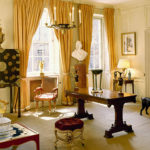 Professor Pedretti introduces the beeswax sculpture to David G.F. Nickerson, director of Mallett at Bourdon House in London, and urges him to acquire the sculptural work. Established in 1865, Mallett and Sons, Fine Furniture and Decorative Art Dealer, is rumored to have the financial backing of Queen Elizabeth.
Professor Pedretti introduces the beeswax sculpture to David G.F. Nickerson, director of Mallett at Bourdon House in London, and urges him to acquire the sculptural work. Established in 1865, Mallett and Sons, Fine Furniture and Decorative Art Dealer, is rumored to have the financial backing of Queen Elizabeth.
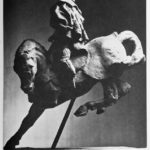
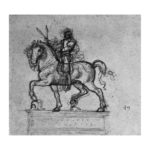
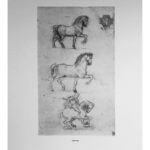 “Horse and Rider” is officially catalogued in the Queens Collection at Windsor Castle, complete with photos and partial sketches. The Catalogue Raisonné entry reads, in part, “Horse and Rider Queens Collection at Windsor Castle… Fragmentary wax statuette in a private collection in London, formerly in the Sangiorgi Collection in Rome, said to have come from the Melzi estate at Vaprio d’ Adda, Italy.”
“Horse and Rider” is officially catalogued in the Queens Collection at Windsor Castle, complete with photos and partial sketches. The Catalogue Raisonné entry reads, in part, “Horse and Rider Queens Collection at Windsor Castle… Fragmentary wax statuette in a private collection in London, formerly in the Sangiorgi Collection in Rome, said to have come from the Melzi estate at Vaprio d’ Adda, Italy.”



